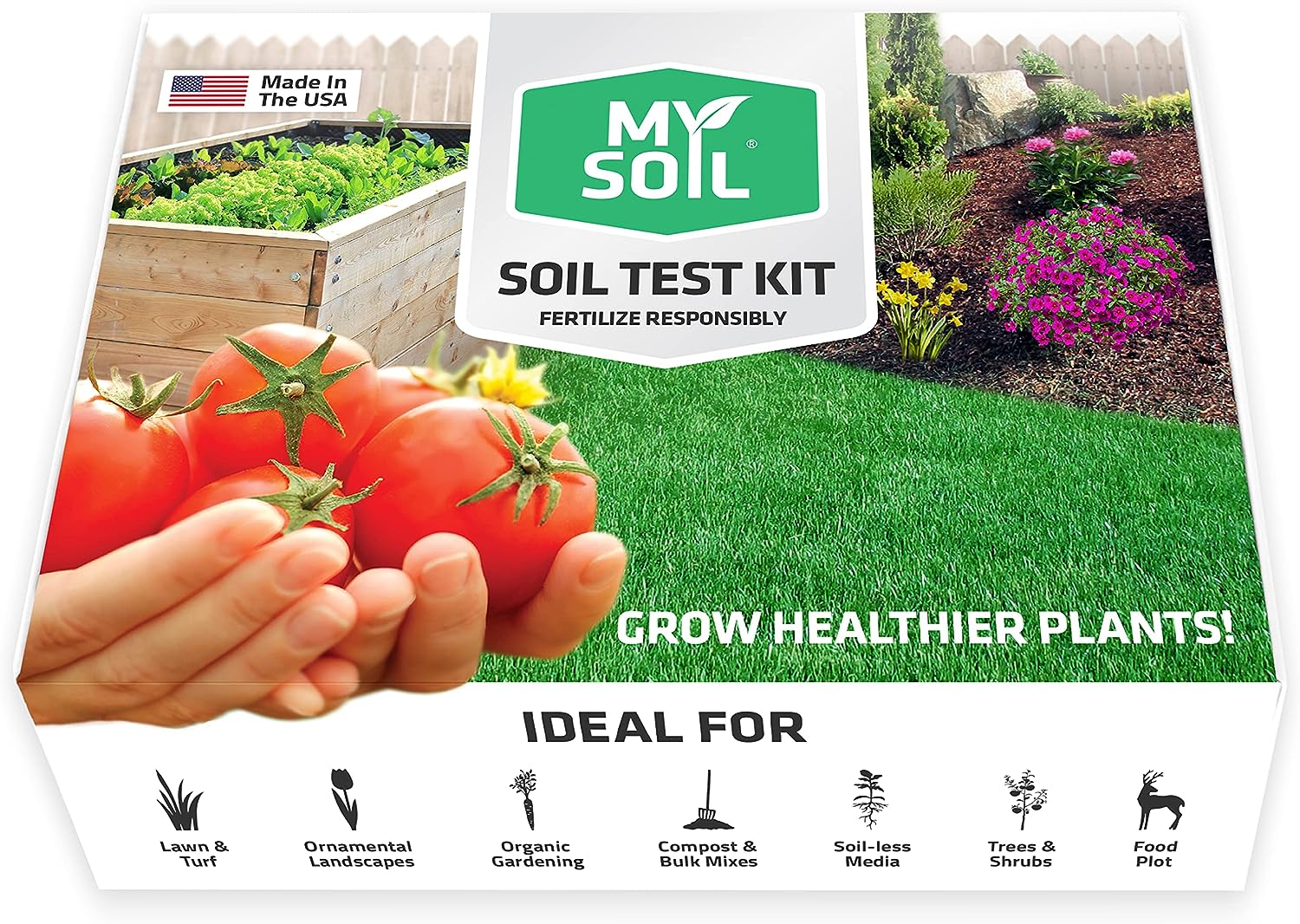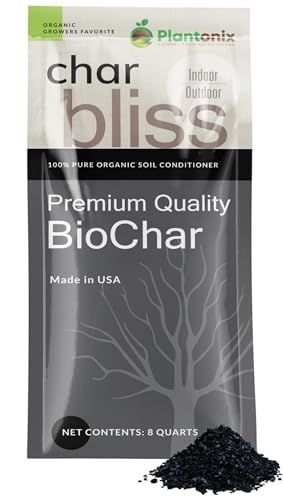How to "Amend" Garden Soil for Your 2024 Growing Season — Tips to Give Your Plants the Best Possible Start
Supercharge your soil by making sure it's the best quality it can possibly be. Boost it with some key nutrients and your plants will be in the best shape ever
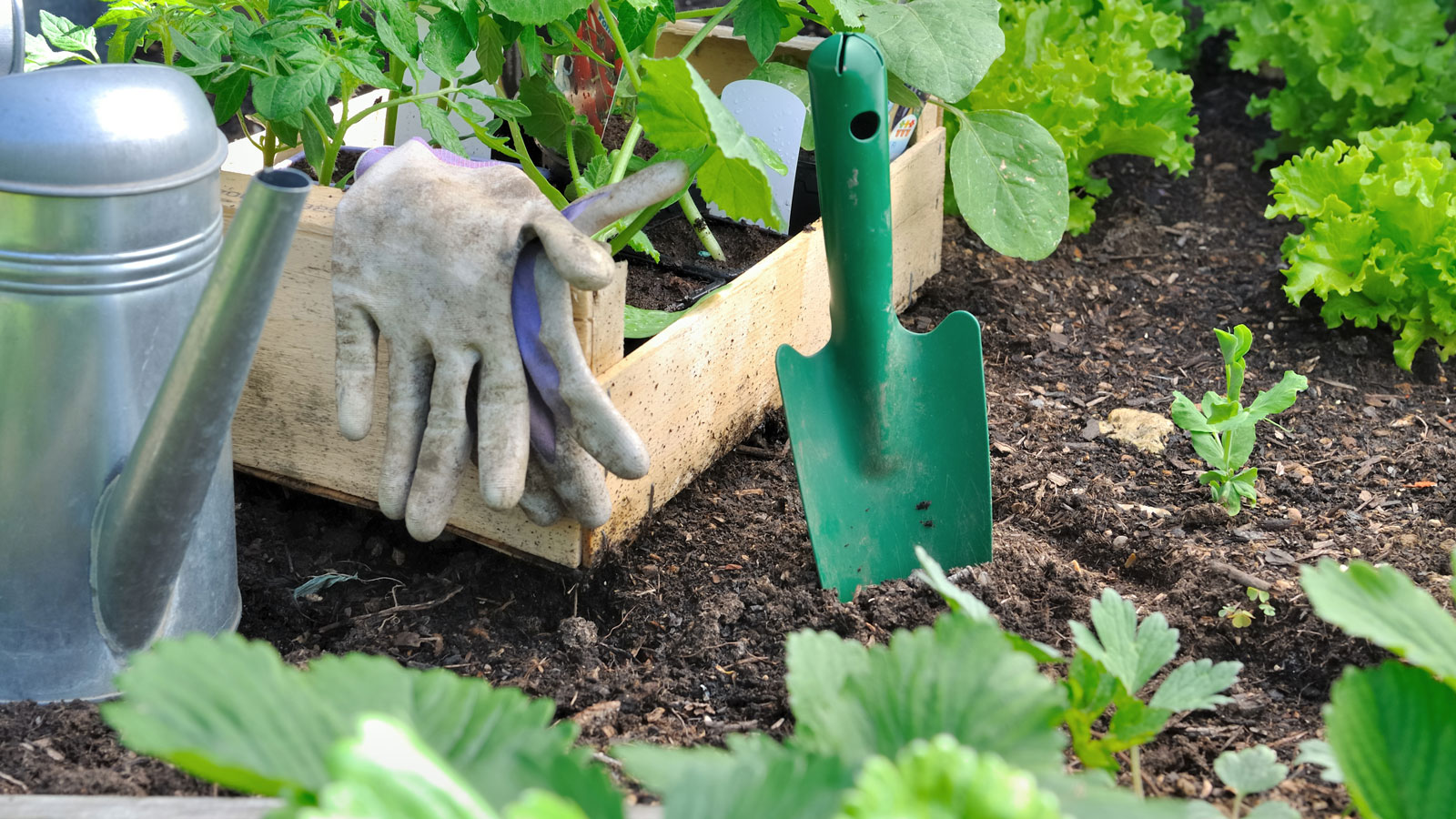
The importance of cultivating healthy soil is vital even in the smallest growing space, whether that's a city veg patch, roof garden, or container in your porch. Good soil management means replacing what's taken out of the soil so your plants will thrive, and is a key element in how to amend garden soil.
This should be the first thing you think about before you start planting. Understanding the make up of your soil, and amending it with compost or fertilisers as required to maintain soil fertility is key to growing plants successfully. The type and condition of soil in your yard will influence planting choices and how successful you are, so nailing this will ensure your cultivation efforts are rewarded.
As well as providing a physical support for plants, soil holds the water, air and nutrients that are so important for successful cultivation. Knowing your soil type (clay, sand, silt, loam, peat or chalk) is also important in helping you choose the right plants for your garden and keep them healthy. Now find out what to do to make sure your modern garden's soil is in the best possible shape for this year's growing season.

6 ways to supercharge your soil
'Soil is the basis of everything in the garden,' says Christina Chung, horticulturalist, host of @fluentgarden and author of The Layered Edible Garden. 'The realities of your soil composition and condition should always inform your gardening practices and plant choices.'
A key thing to remember when you're finding out how to amend garden soil is that organic matter feeds the soil, while fertilizers feed the plant. Although fertilizers can be very effective in dealing with short term nutrient deficiencies, a more long term, environmentally friendly and sustainable solution is to build up the organic matter in the soil.
1. Test your soil for deficiencies

'It's a great idea to get your soil tested for nutrient levels every 3-4 years,' says Resh Gala, who runs organic gardening business @hundredtomatoes and is author of Vegetable Gardening Made Easy. 'As plants grow in the same soil season after season, they absorb the nutrients from the soil, leaving it lackluster and depleted.'
This can often create nutrient imbalances, which affect the growth of your vegetable garden, so you will definitely need to find out how to amend garden soil to fix this. It's a common misconception that adding fertilizers to the soil is a quick fix. Instead it's far more accurate to take a soil test and see what is revealed, as this will indicate if there are any deficiencies that need fixing as well as the pH (acid/alkaline ratio), which determines what you can grow.
The Livingetc newsletters are your inside source for what’s shaping interiors now - and what’s next. Discover trend forecasts, smart style ideas, and curated shopping inspiration that brings design to life. Subscribe today and stay ahead of the curve.
Either buy a soil testing kit like this one from Amazon to use yourself or alternatively send a soil sample to your Local Cooperative Extension for testing. Either way, you will quickly find out if your soil is deficient.
2. Fix nutrient shortfalls

To grow well, plants need a wide range of nutrients in various amounts, depending on the individual plant and its stage of growth. The three key plant macronutrients derived from soil are nitrogen, phosphorus and potassium (known as NPK). Higher nitrogen levels encourages leaf formation, phosphorus promotes growth, and potassium is linked with increased flower production for your flower beds and containers.
It's important to learn how to amend the soil accordingly if any of these is lacking in yours. 'These nutrients occur in different ratios, and the amount will affect overall plant health,' explains Janet Loughrey, expert at Garden Design. 'Formulated fertilizers can be added to garden soil. An all-purpose balanced fertilizer will have equal amounts of these nutrients. Some garden plants may need primary nutrients in different ratios.
'Organic matter such as compost, manure and shredded bark can be added to garden soil to boost primary nutrients and trace minerals that are also essential to plant health.' The new kid on the block is biochar, a 'dark earth' soil that is nutrient dense and has a high phosphorus level. It is any organic material that has been carbonized under high temperatures with little or no oxygen. You can find it in a few places, including this Biochar on Amazon.
As well as macronutrients, supplementing micronutrients such as calcium, magnesium, sulfur and so on may also be necessary.
3. Take into account the pH of soil

Soil pH is a measure of the amount of acidity or alkalinity, which affects a plant’s ability to take up nutrients through the roots. This means that some plants (such as clematis, viburnum) thrive in alkaline soil, while others (like camellia, magnolia) flourish if the soil is acidic.
Soil pH is measured on a scale of 0 to 14, with 0 being the most acidic and 14 being the most alkaline. A pH of 7 is considered neutral (and suits peonies, apples and cucumbers).
'Most soil pH falls within a range of 4-9. Some plants are more tolerant of a wider pH range than others. Areas with high rainfall tend to have acidic soil, while drier desert climates tend to have alkaline soil,' explains Janet Loughrey.
Soil should be tested to determine the pH level as part of how to amend garden soil. If soil is too acidic, add garden lime (try this one from Amazon), which is a pulverized rock powder. If soil is too alkaline, adjust by adding aluminum sulfate, sulfur or iron sulfate. These supplements are available in most garden centers.
4. Feed your soil biome

'Soil needs two different things to help plants thrive: nutrients and a living biome,' says Sonya Query, master gardener and director of marketing for Love, Plants, Inc. 'Similar to your own gut, soil needs things like fungi and beneficial bacteria to absorb nutrients and be healthy.'
You can buy amendments like mycorrhizal fungi (on Amazon) individually and add to your soil as needed. Mycorrhiza are beneficial fungi that boost plant roots, gathering nutrients from the soil through a network of fungal strands.
'Feed your soil so your soil can feed you,' says Sonya. 'Just like humans, plants need an environment for them to thrive. Mycorrhizal fungi and beneficial microbes can improve nutrient absorption, encourage plant resiliency, enhance growth and improve soil quality. Put vitamins in your soil to keep the soil (and whatever is growing in it) happy and healthy.'
5. Add diversity to soil
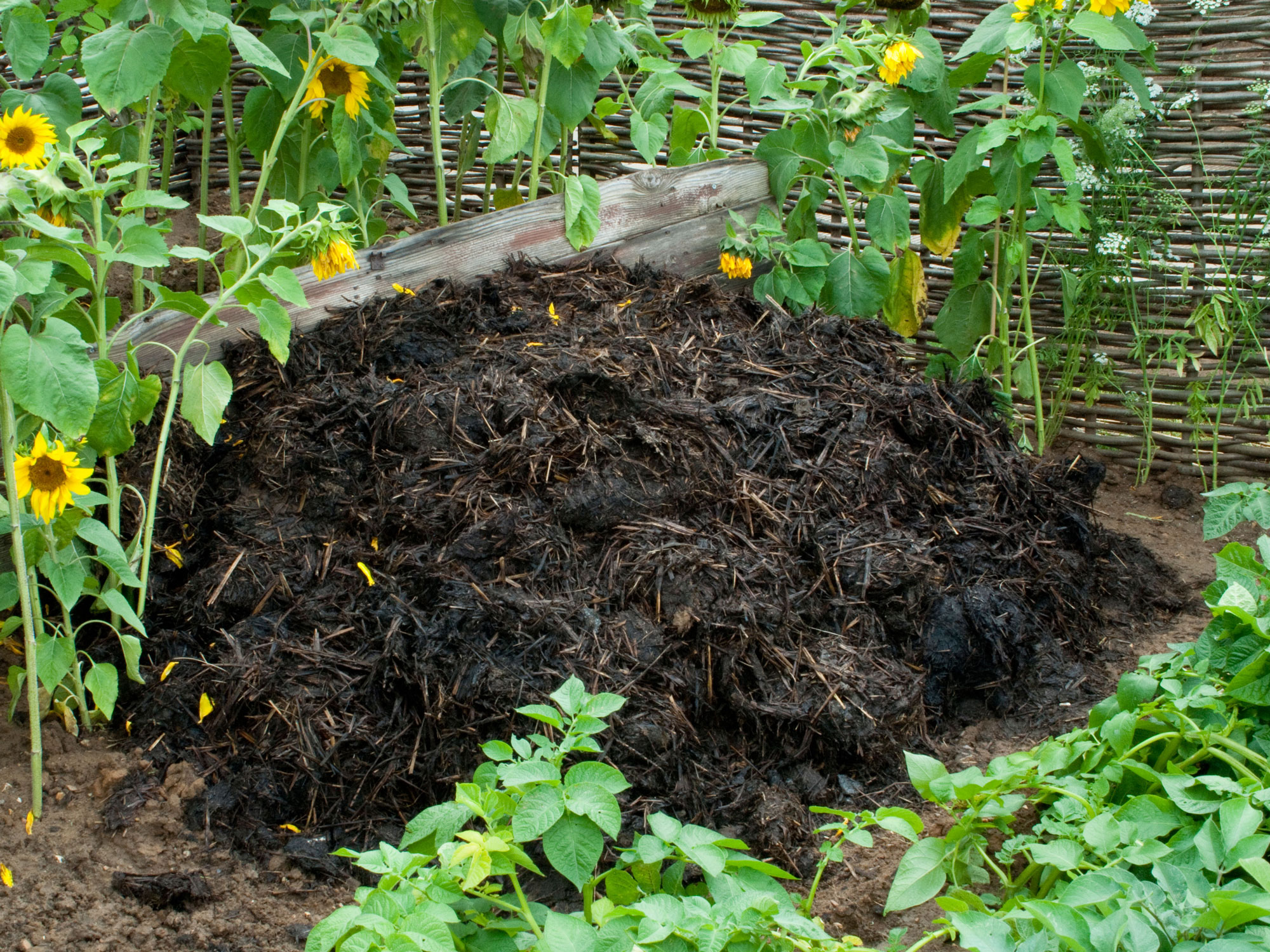
A key part of the process of feeding soil is helping to build a diverse and rich mix that boosts the overall health of the garden. Adding a wide range of nutrient-rich organic amendments encourages biodiversity and makes your soil healthier.
'Every autumn I try to add different types of compost or organic matter to my soil,' says Resh Gala. 'One year it's homemade compost, the next year I might add mushroom compost, and another year it will be leaf mold or leaf compost.'
Spent mushroom compost still has plenty of nutrients once you've harvested your crop and makes a great textured mulch to top garden soil. Composted leaves break down and turn into a rich black leaf mold. The best part is that this particular soil conditioner is free.
'My absolute favorite amendment is homemade compost made from kitchen scraps,' says Resh, after all, didn't you know you could use your garden scraps, including eggshells, in gardening? 'This is something you can add any time but I usually recommend adding it in fall and spring. You can even side-dress plants with it in summer too if you generate enough.'
6. Assess your soil's water holding capacity
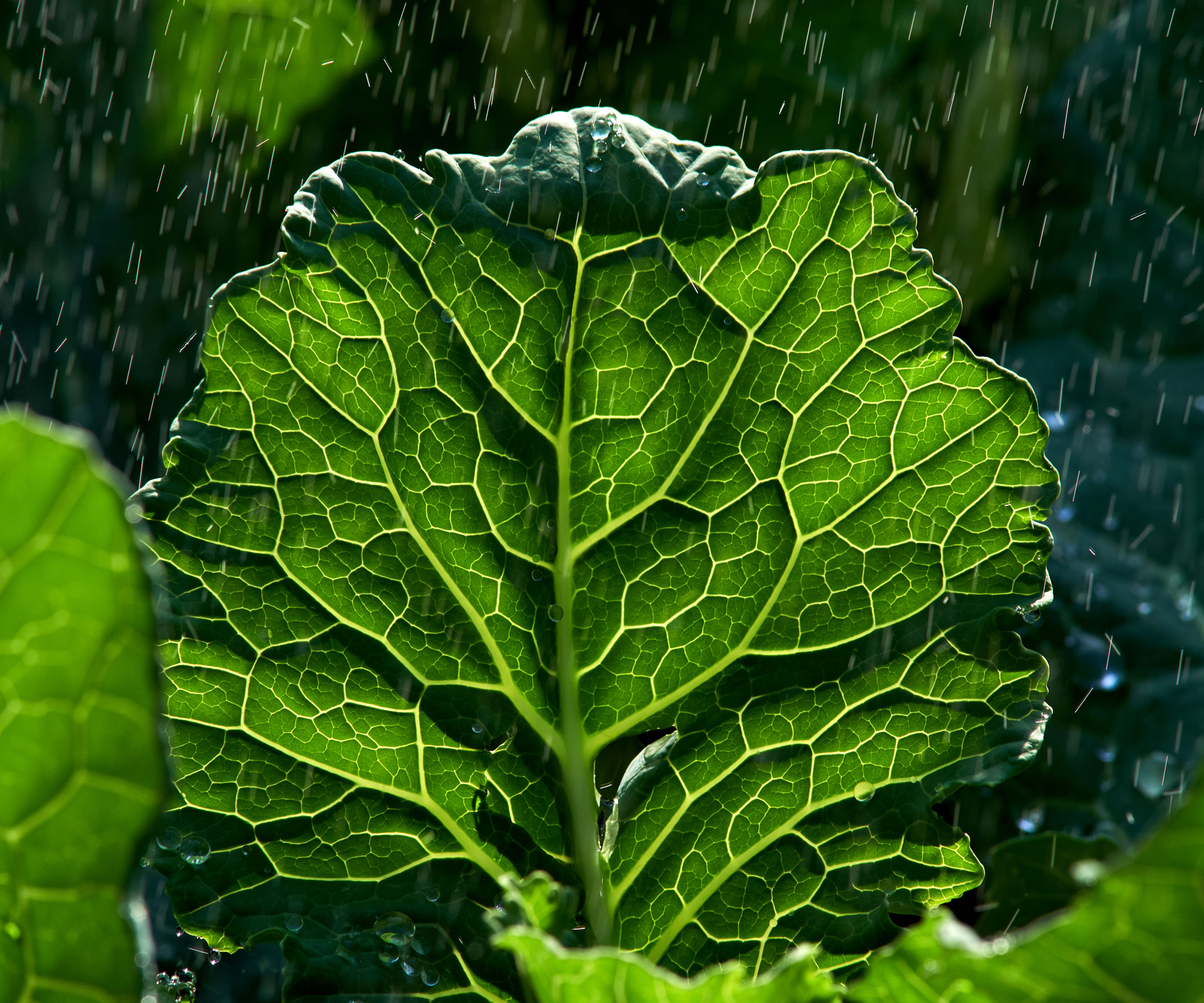
Another important aspect of garden soil is drainage. If water puddles in your yard after heavy rain or if it drains away quickly this is an indication of a poorly drained/well drained site.
'Trees and structures can modify the water availability in soils as well,' says Christina Chung. 'Roof overhangs can create bone-dry areas next to the house and some tree species, for example maples, have thirsty root systems that quickly absorb any available water from the soil surface. Conversely, downspouts from roof gutters can direct significantly more water to specific areas in the garden to make them wetter.'
You can modify your soil to make it stay wetter or drain faster if it's an issue – remember if there is too much water in the soil and no oxygen available, harmful bacteria will flourish instead. Adding compost and mulch helps soil retain moisture, while raised beds can be the answer if you want a fast-draining medium, for example to grow vegetables.
What is the best amendment for garden soil?

The best amendment for garden soil is organic matter, such as compost. Not only does it improve texture and drainage, but it also adds nutrients naturally. As well as compost other good sources of organic matter include well-rotted manure, leaf mold, and old mushroom compost. You can also buy processed forms of organic matter but it tends to be a more expensive option.
'Hands down composting is the best practice for the environment and for your garden too,' says Resh Gala. 'Lots of people feel overwhelmed by the thought of composting but it's really quite simple, especially if you start with a tumbling-style composter with two compartments like this one from Amazon.'
Can you refresh existing soil?
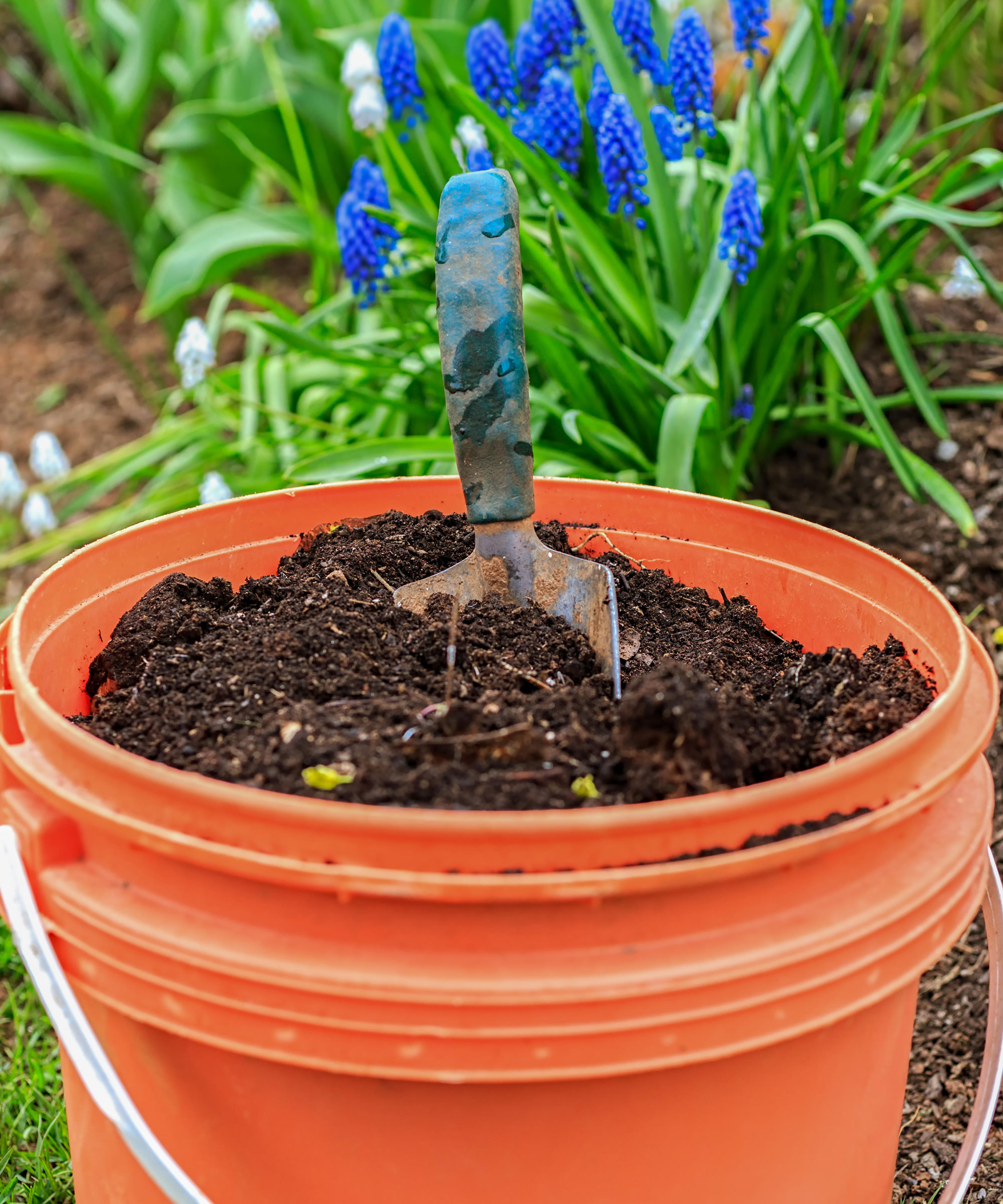
You can refresh existing soil, particularly if you're an apartment grower big on container gardening and raised beds. You can reuse existing soil by giving it a quick refresh. Start by removing any existing plant debris including roots and loosen the soil. Once the soil is prepped mix in some fresh bagged soil that's high in organic matter.
'The only time you may want to replace your soil is if plants that have been growing there were ridden with pests and diseases that are soil borne or can overwinter in soil,' explains Resh Gala.
It's worth sprinkling in a few handfuls of granular organic fertilizer too and working it in. As you water the new plants it will gently work its way down to give the amended soil an extra boost.
Lifestyle journalist Sarah Wilson writes about garden design and landscaping trends. She has studied introductory garden and landscape design, and also has an RHS Level 2 qualification in the Principles of Plant Growth and Development. She is a regular contributor to Livingetc.com, and also writes for Homes & Gardens, Country Living, Country Homes & Interiors, and Modern Gardens magazines. Her first job was at Elle magazine, during which time a trip to the beautiful La Colombe d'Or in St-Paul-de-Vence led to an interest in writing about all things botanical. Later as lifestyle editor at Country Homes & Interiors magazine one of the highlights were the run of captivating country gardens that were featured.
